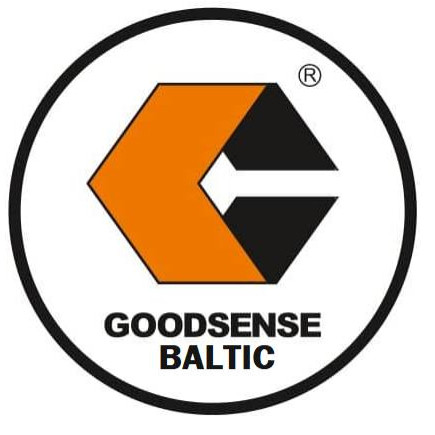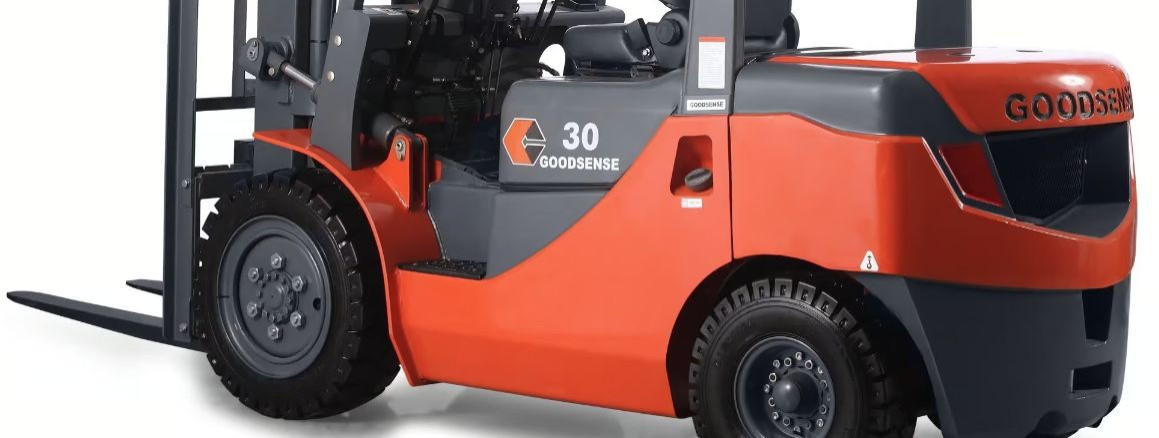How to choose the right forklift for your business needs
Before selecting a forklift, it is crucial to determine the maximum weight your forklift will need to lift. This involves understanding the typical load sizes and weights your business handles. Overloading a forklift can lead to safety hazards and equipment damage, so choosing a forklift with the appropriate load capacity is essential.
Consider the height to which you need to lift loads. This is particularly important for warehouse operations where goods are stored on high shelves. Ensure the forklift you choose can reach the necessary heights without compromising stability.
The environment in which the forklift will operate significantly impacts the type of forklift you should choose. For indoor operations, electric forklifts are often preferred due to their zero emissions and quieter operation. For outdoor or rough terrain, a more robust forklift may be necessary.
Types of Forklifts
Electric forklifts are ideal for indoor use due to their clean operation and lower noise levels. They are energy-efficient and have lower operational costs over time, making them a popular choice for warehouses and distribution centers.
These forklifts are powered by diesel, gasoline, or LPG and are suitable for outdoor use or in environments where ventilation is not a concern. They offer higher power and are better suited for heavy-duty applications.
Designed for warehouses with limited space, narrow aisle forklifts allow for efficient operation in tight spaces. They maximize storage capacity by reducing the aisle width required for operation.
These forklifts are built to handle uneven surfaces and challenging outdoor environments. They are equipped with large, durable tires and powerful engines to navigate rough terrain effectively.
Key Features to Consider
Consider the fuel type that best suits your operational needs and budget. Electric forklifts offer lower fuel costs, while internal combustion options provide more power for demanding tasks.
The size and maneuverability of the forklift should match the physical constraints of your workspace. Smaller forklifts are better for tight spaces, while larger models may be necessary for heavy loads.
Safety should be a top priority. Look for forklifts with advanced safety features such as stability control, ergonomic design, and comprehensive visibility options to protect operators and goods.
Choose a forklift that is easy to maintain and service. Reliable access to parts and service support can minimize downtime and extend the lifespan of your equipment.
Budget Considerations
While the initial cost is a significant factor, it should not be the sole determinant. Consider the total cost of ownership, including maintenance, fuel, and potential downtime costs.
Evaluate the long-term costs associated with the forklift, including energy consumption, maintenance, and repairs. An initially cheaper option may incur higher costs over time.
Partnering with a Reliable Supplier
After-sales support is crucial for maintaining the efficiency and longevity of your forklift. Choose a supplier that offers comprehensive support, including training, maintenance, and repair services.
Research potential suppliers to ensure they have a strong reputation for quality and reliability. Customer reviews and industry certifications can provide valuable insights into their service standards.






Comments (0)